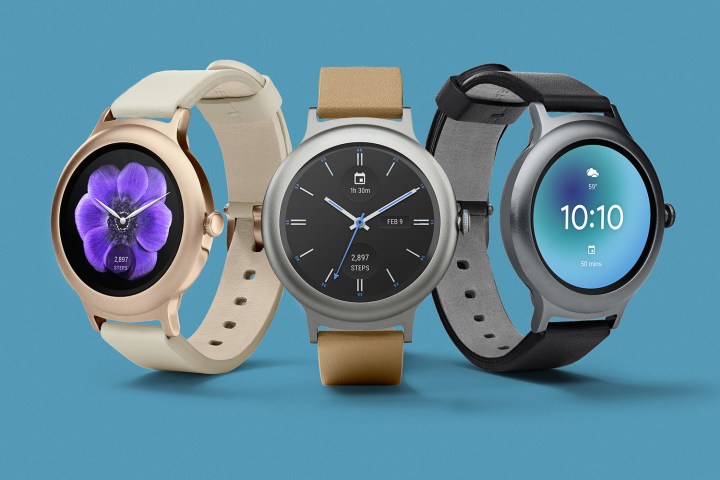
Which watches will get the update?
Going forward, all new Android Wear devices are expected to launch with this update installed, but we do not have confirmation from Google yet.
As 9-to-5 Google has noted, older smartwatches like the original Huawei watch, the second-gen Moto 360, and the Asus Zenwatch 3 are all currently absent from the list — as are devices with a Snapdragon 400. Most of the devices on the list are more recent watches from fashion brands, as well as the most recent additions to Android Wear from LG. Google has also refused to give users a timeframe for the update, and recommends that users contact manufacturers for dates. You can take a look at our list of all Android Wear smartwatches launched in 2017 as a reference.
Watches that will receive the update
Casio
Diesel
Emporio
Fossil
-
Fossil Q Control
- Fossil Q Explorist
-
Fossil Q Founder 2.0
-
Fossil Q Marshal
-
Fossil Q Wander
Gc
-
Gc Connect
Guess
Huawei
Hugo BOSS
-
Hugo BOSS Touch
LG
-
LG Watch Style
Michael Kors
-
Michael Kors Access Bradshaw
-
Michael Kors Access Dylan
- Michael Kors Access Grayson
Misfit
Mobvoi
-
Mobvoi Ticwatch S & E
Movado
Nixon
-
Nixon Mission
Polar
TAG Heuer
Tommy Hilfiger
-
Tommy Hilfiger 24/7 You
ZTE
Watches that have already received the update
Fossil
-
Fossil Q Venture
LG
The LG Watch Sport was part of the beta program for Android Wear Oreo, and was one of the first devices to receive the update.
Louis Vuitton
Michael Kors
Montblanc
What’s new in this update?
The Android Wear Oreo update isn’t huge — it’s certainly nowhere near the level that you’ll see on a mobile Android 8.0 Oreo update. Instead, this update adds a few quality-of-life updates, including the ability to set vibration strength, set a lock on tap-to-wake while out in wet weather conditions, support for more countries and languages, and a handful of changes that should improve battery life.
What you’re seeing with this update is more likely to be a pledge of continued support for your device. Android Wear 2.0 was always based on Android 7.0 Nougat, and while the change over to Oreo isn’t anywhere near as big a change as we saw between 1.5 and 2.0, it does make it more likely that the supported devices will continue to be supported in at least the next few updates.

